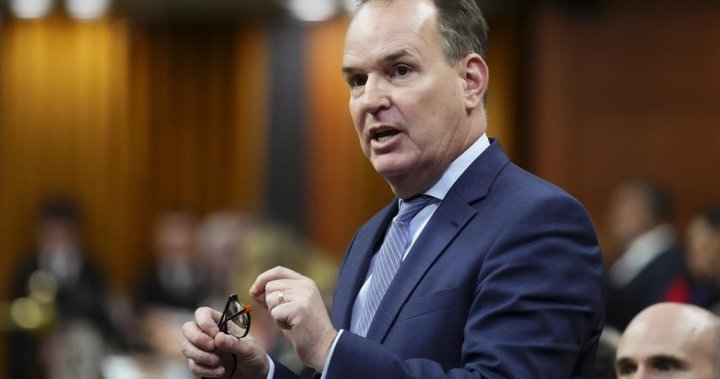The Vatican on Friday radically reformed its process for evaluating alleged visions of the Virgin Mary, weeping statues and other seemingly supernatural phenomena that have long punctuated church history, putting the brakes on making definitive declarations unless the event is obviously fabricated.
The Vatican’s doctrine office overhauled norms first issued in 1978, arguing that they were no longer useful or viable in the internet age. Nowadays, word about apparitions or weeping Madonnas travels quickly and can actually harm the faithful if hoaxers are trying to make money off people’s beliefs or manipulate them, the Vatican said.
The new norms make clear that such an abuse of people’s faith can be punishable canonically, saying, “The use of purported supernatural experiences or recognized mystical elements as a means of or a pretext for exerting control over people or carrying out abuses is to be considered of particular moral gravity.”
The Catholic Church has had a long and controversial history of the faithful claiming to have had visions of the Virgin Mary, of statues purportedly weeping tears of blood and stigmata erupting on hands and feet mimicking the wounds of Christ.

When confirmed as authentic by church authorities, these otherwise inexplicable signs have led to a flourishing of the faith, with new religious vocations and conversions. That has been the case for the purported apparitions of Mary that turned Fatima, Portugal, and Lourdes, France, into enormously popular pilgrimage destinations.
Church figures who claimed to have experienced the stigmata wounds, including Padre Pio and Pope Francis’ namesake, St. Francis of Assisi, have inspired millions of Catholics even if decisions about their authenticity have been elusive.
Breaking news from Canada and around the world
sent to your email, as it happens.
Francis himself has weighed in on the phenomenon, making clear that he is devoted to the main church-approved Marian apparitions, such as Our Lady of Guadalupe, who believers say appeared to an Indigenous man in Mexico in 1531.
But Francis has expressed skepticism about more recent events, including claims of repeated messages from Mary to “seers” at the shrine of Medjugorje in Bosnia-Herzegovina, even while allowing pilgrimages to take place there.
“I prefer the Madonna as mother, our mother, and not a woman who’s the head of a telegraphic office, who sends a message every day at a certain time,” Francis told reporters in 2017.
And the phenomena have also been a source of scandal. That was the case when the Vatican in 2007 excommunicated the members of a Quebec-based group, the Army of Mary, after its foundress claimed to have had Marian visions and declared herself the reincarnation of the mother of Christ.
The revised norms acknowledge the real potential for such abuses and warn that hoaxers will be held accountable, including with canonical penalties.
The new norms reframe the Catholic Church’s evaluation process by essentially taking off the table whether church authorities will declare a particular vision, stigmata or other seemingly divinely inspired event supernatural.
Instead, the new criteria envisages six main outcomes, with the most favourable being that the church issues a noncommittal doctrinal green light, a so-called “nihil obstat.” Such a declaration means there is nothing about the event that is contrary to the faith, and therefore Catholics can express devotion to it.

The bishop can take more cautious approaches if there are doctrinal red flags about the reported event. The most serious envisages a declaration that the event isn’t supernatural or that there are enough red flags to warrant a public statement “that adherence to this phenomenon is not allowed.”
The revised norms allow that an event might at some point be declared “supernatural,” and that the pope can intervene in the process. But “as a rule,” the church is no longer in the business of authenticating inexplicable events or making definitive decisions about their supernatural origin.
And at no point are the faithful obliged to believe in the particular events, said Argentine Cardinal Víctor Manuel Fernández, the head of the Vatican doctrine office.
“The church gives the faithful the freedom to pay attention” or not, he said at a news conference.
Despite the new criteria, he assured that the church’s past decision-making on alleged supernatural events — such as at Fatima, Guadalupe or Lourdes — remains valid.
“What was decided in the past has its value,” he said. “What was done remains.”
Neomi De Anda, executive director of the International Marian Research Institute at the University of Dayton, said the new guidelines represent a significant but welcome change to the current practice, while restating important principles.
“The faithful are able to engage with these phenomena as members of the faithful in popular practices of religion, while not feeling the need to believe everything offered to them as supernatural as well as the caution against being deceived and beguiled,” she said in an email.
Whereas in the past the bishop often had the last word unless Vatican help was requested, now the Vatican must sign off on every recommendation proposed by a bishop.
Fernández acknowledged that the Vatican’s previous way of handling reported apparitions often led to “considerable confusion” among the faithful, as well as lengthy delays in reaching a definitive ruling. To date, fewer than 20 apparitions have been approved by the Vatican, according to Michael O’Neill, who runs the online apparition resource The Miracle Hunter.
© 2024 The Canadian Press





